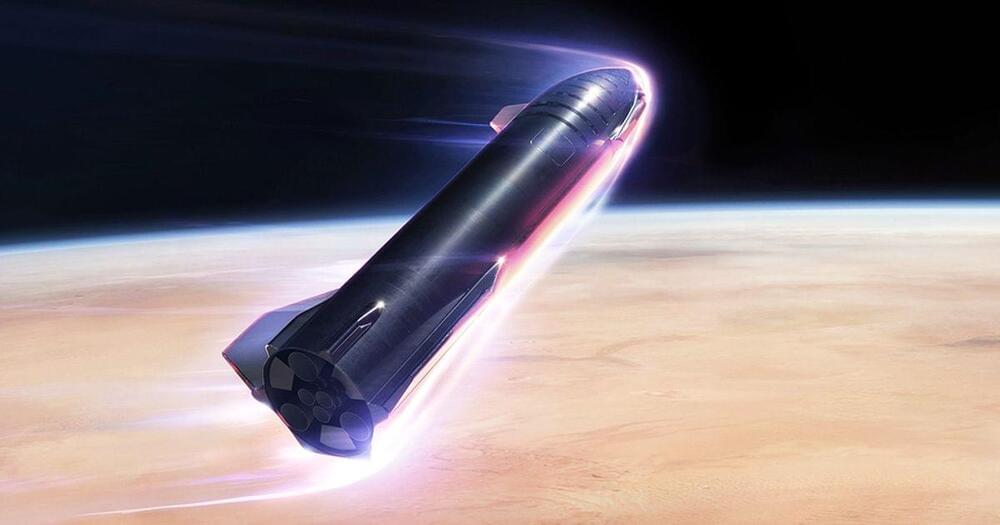😃
Most picking jobs will be done by bots | Science & technology.



𝐒𝐭𝐚𝐧𝐟𝐨𝐫𝐝 𝐄𝐧𝐜𝐲𝐜𝐥𝐨𝐩𝐞𝐝𝐢𝐚 𝐨𝐟 𝐏𝐡𝐢𝐥𝐨𝐬𝐨𝐩𝐡𝐲:
The Neuro-Network.
𝐓𝐡𝐞 𝐍𝐞𝐮𝐫𝐨𝐬𝐜𝐢𝐞𝐧𝐜𝐞 𝐨𝐟 𝐂𝐨𝐧𝐬𝐜𝐢𝐨𝐮𝐬𝐧𝐞𝐬𝐬.
First published Tue Oct 9, 2018.
Conscious experience in humans depends on brain activity, so neuroscience will contribute to explaining consciousness. What would it be for neuroscience to explain consciousness? How much progress has neuroscience made in doing so? What challenges does it face? How can it meet those challenges? What is the philosophical significance of its findings? This entry addresses these and related questions.
To bridge the gulf between brain and consciousness, we need neural data, computational and psychological models, and philosophical analysis to identify principles to connect brain activity to conscious experience in an illuminating way. This entry will focus on identifying such principles without shying away from the neural details. The notion of neuroscientific explanation here conceives of it as providing informative answers to concrete questions that can be addressed by neuroscientific approaches. Accordingly, the theories and data to be considered will be organized around constructing answers to two questions (see section 1.4 for more precise formulations):
An intriguing message has landed on social media from the official Gran Turismo account and the account of Sony AI teasing what’s referred to as a “Gaming Flagship” and “breakthrough project” in AI. The companies, both subsidiary arms of the wider Sony brand, jointly revealed that they’re set to announce the project on Wednesday February 9.
Along with the announcement, Sony AI posted a short, 25-second teaser video. The clip featured something similar to the light traces we’ve been seeing in the Gran Turismo “Find Your Line” video series, as well as short glimpses of double-World Tour champions Igor Fraga and Takuma Miyazono, along with World Tour finalist Emily Jones.
It ends looking in on Polyphony Digital’s main studio in Tokyo, from where Kazunori Yamauchi has recently been presenting GT7 preview videos and the recent Q&A.

For the third time, SpaceX has installed Super Heavy Booster 4 (B4) on Starbase’s lone orbital launch mount, kicking off preparations for CEO Elon Musk’s upcoming presentation.
In a decision that is difficult to logically explain, however, SpaceX chose to install Super Heavy on the ‘orbital launch mount’ with a crane instead of a complex pair of giant arms explicitly designed to lift, stack, and catch Starship hardware that the company has spent the last several months installing and testing.
This does not make a great deal of sense. One obvious explanation would be that those arms – despite completing multiple lift tests with hundreds of tons of water bags in recent weeks – are not ready for lifting and stacking operations. However, Starbase does not have a crane large enough to lift Starship S20 onto Booster 4, meaning that SpaceX almost certainly intends to use the tower’s arms to do so.

The Medusa Android banking Trojan is seeing increased infection rates as it targets more geographic regions to steal online credentials and perform financial fraud.
Today, researchers at ThreatFabric have published a new report detailing the latest tricks employed by the Medusa malware and how it continues to evolve with new features.



While the Tesla Cybertruck has recently been delayed again, the hype is so strong around the electric pickup truck that some people are already working on thrid-party accessories for the vehicle.
Now, we see the most ambitious project yet, a kit that transform the Tesla Cybertruck into an electric boat.
When it comes to ambitious Cybertruck accessories, I thought that nothing could beat the Cyberlandr, which is trying to fit a full camper into the electric pickup’s bed. But I was wrong.

Under pressure to hit fourth-quarter sales goals while coping with widespread semiconductor shortages, Tesla decided to remove one of the two electronic control units that are normally included in the steering racks of some made-in-China Model 3 and Model Y cars, according to two employees and internal correspondence seen by CNBC.
Tesla did not disclose the exclusion, which has already affected tens of thousands of vehicles being shipped to customers in China, Australia, the U.K., Germany and other parts of Europe. It was not immediately clear whether Tesla would make similar changes to cars manufactured in or shipped to the U.S.